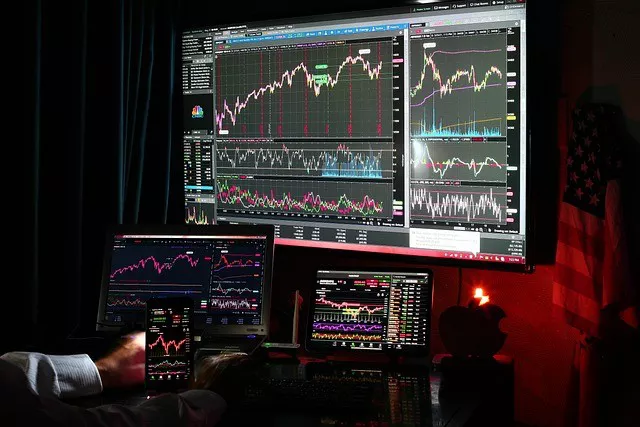The price of silver, a precious metal with industrial and investment significance, is subject to a multitude of factors that influence its value in global markets. Investors and market participants keen on comprehending silver’s price dynamics need to delve into the intricate web of influencers shaping its market trajectory. This article aims to explore and shed light on the key factors that have a significant impact on silver prices.
1. Supply and Demand Dynamics
Supply and demand dynamics play a pivotal role in determining silver prices. On the supply side, factors such as mine production, recycling rates, and government policies affect the amount of silver available in the market. Fluctuations in mining output, disruptions due to labor strikes or geopolitical issues, and changes in regulatory frameworks can all impact the supply of silver.
On the demand side, silver’s diverse applications across industries like electronics, solar energy, and medical technology influence its consumption. Economic growth, technological advancements, and shifts in consumer preferences directly impact the demand for silver. Additionally, investor sentiment and their demand for silver as a store of value also contribute to the overall demand equation.
2. Economic Indicators
Silver prices are intertwined with various economic indicators as they reflect underlying economic conditions. Factors such as GDP growth, inflation rates, interest rates, and currency values can significantly influence silver prices. During periods of robust economic growth, industrial demand for silver tends to rise, driving up prices.
Inflation also plays a crucial role in determining silver prices. Silver has historically been considered an inflation hedge, as it retains its value over time. When inflation expectations increase, investors often seek refuge in silver and other precious metals, leading to higher demand and subsequently pushing silver prices upward.
Interest rates can affect silver prices indirectly. Higher interest rates can increase borrowing costs and potentially dampen economic growth. This can impact industrial demand for silver and investor appetite for non-interest-bearing assets, shaping the overall supply-demand dynamics in the silver market.
Currency movements also have an impact on silver prices. Silver is priced in various currencies, and fluctuations in exchange rates can affect the purchasing power of those holding different currencies. A stronger domestic currency in relation to other currencies can make silver more expensive for foreign buyers, potentially impacting demand and silver prices.
3. Geopolitical Events and Market Uncertainty
Geopolitical events and market uncertainties often have a profound influence on precious metal markets, including silver. Political instability, trade disputes, or economic downturns can create market volatility and increase investor demand for safe-haven assets like silver. During such periods of uncertainty, silver prices tend to rise as investors seek to protect their wealth from potential economic disruptions.
4. Investor Sentiment and Speculative Trading
Investor sentiment and speculative trading activities can introduce short-term price volatility to the silver market. Sentiment towards silver as an investment asset class plays a significant role in determining its prices. When economic conditions are favorable and investor confidence is high, they may allocate more capital towards riskier assets, diverting attention away from precious metals like silver.
Conversely, during times of market turbulence or economic uncertainty, investors often turn to safe-haven assets as a means of preserving wealth. This increased demand for silver as a store of value can push prices higher. Speculative trading activities, driven by short-term market expectations and sentiment, can further amplify price volatility in the silver market.
5. Technological Advancements and Industrial Demand
Technological advancements and innovations have a direct impact on industrial demand for silver. Silver’s unique properties, such as excellent electrical conductivity and antibacterial qualities, make it indispensable across industries. Developments in fields like electronics, solar energy, healthcare, and automotive manufacturing influence the demand for silver.
As new technologies emerge and existing industries continue to evolve, the demand for silver can experience significant fluctuations. Increases in demand driven by technological advancements can put upward pressure on prices, especially when supply struggles to keep pace.
Conclusion
Silver prices are influenced by a complex interplay of factors, including supply and demand dynamics, economic indicators, geopolitical events, investor sentiment, speculative trading, and industrial demand. Understanding these factors is crucial for market participants seeking to navigate the dynamic world of silver investments.
It is important to recognize that silver prices can be subject to short-term volatility due to speculative activities or temporary shifts in sentiment. However, long-term trends are often shaped by fundamental factors such as supply-demand dynamics and economic conditions.
By staying informed about market influencers and conducting thorough research, investors can make more informed decisions regarding their silver holdings. Paying close attention to these key factors allows market participants to better gauge the direction of silver prices and potentially capitalize on opportunities within the silver market.


